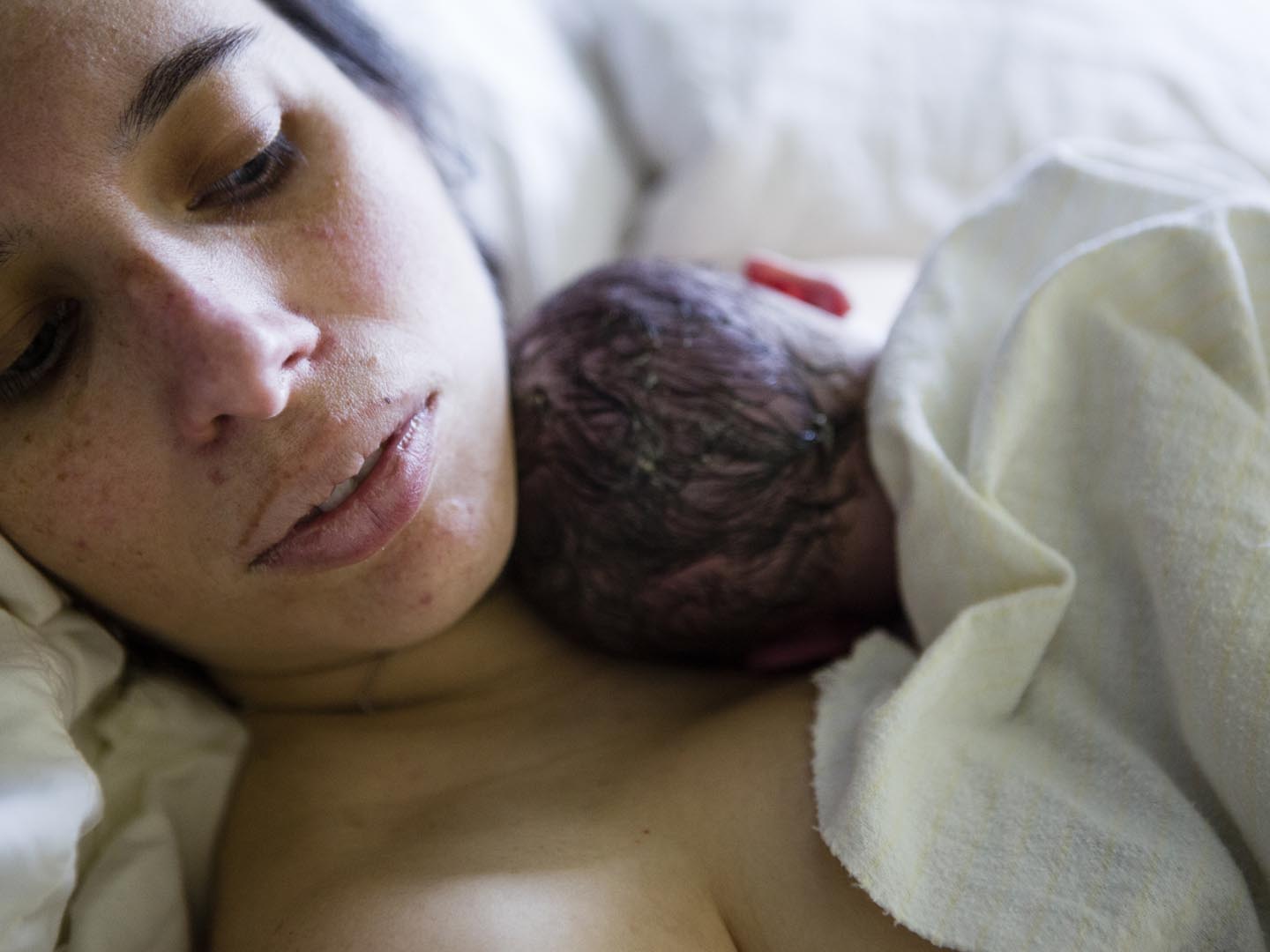Are Home Births Safe?
My sister is pregnant and wants to have her baby at home, but home births just don’t seem safe to me. Am I wrong? What do you think about home births?
Andrew Weil, M.D. | May 9, 2014

Out-of-hospital births, including home births, have been increasing slowly and steadily, but if the numbers reported by the U.S. Centers for Disease Control and Prevention (CDC) in March 2014 are accurate, these deliveries still represented only 1.36 percent of all births in the United States in 2012, the last year for which the CDC’s National Center for Health Statistics National Vital Statistics System has data.
Of all the out-of-hospital births, 66 percent were home births, 29 percent took place in birthing centers and five percent in clinics and medical offices, the CDC reported. Most of the women opting for home births were non-Hispanic white women.
According to the American Pregnancy Association, home births can be an option for women who are experiencing healthy, low-risk pregnancies. On its website, the association lists conditions that argue against home births: women who are diabetic, those who have chronic high blood pressure or toxemia (also known as preeclampsia), and those who have experienced preterm labor in the past or are considered at risk of it. The association also would rule out home births when a woman’s partner doesn’t support her desire for one.
As you would expect, there is a fair amount of controversy about out-of-hospital births. A study presented at the February, 2014, meeting of the Society for Maternal-Fetal Medicine found that babies born at home with midwives in attendance have a risk of neonatal death four times higher than that seen in babies delivered by midwives in hospitals. The same study found that the risk increased to about seven-fold if the pregnancy was the mother’s first and by about 10 fold in pregnancies beyond 41 weeks, now considered “late term.” For this study, neonatal deaths were defined as those that took place up to 28 days after delivery. The study authors said that obstetric practitioners have an ethical obligation to disclose the increased absolute and relative risks associated with planned home birth to expectant parents who express an interest and to recommend strongly against it.
That report was challenged by the American College of Nurse-Midwives, which questioned the accuracy of the CDC data used in the study and maintained that the birth certificates the researchers relied upon in compiling their data are not always the most accurate source of information on home births. For example, you cannot learn from a birth certificate whether or not a woman planned to have her baby at home or in the hospital. Some may have intended to go to the hospital but gave birth at home unexpectedly, and some women who planned to give birth at home may have been transferred to the hospital if complications developed or if the midwife could not reach her in time.
The conventional medical community offers only grudging support for home births. The American Pediatric Association and the American College of Obstetricians and Gynecologists maintain that the safest settings for births in the United States are hospitals and birthing centers, but both organizations acknowledge the right of women to make medically informed decisions about delivery.
All things considered, I think home births are just fine for women experiencing low-risk pregnancies, as long as they and their caregivers take adequate precautions, have medical backup (an obstetrician who works with the midwife) and good prenatal care.
Andrew Weil, M.D.
Sources:
Society for Maternal-Fetal Medicine, “Increasing trend in home birth neonatal mortality rates.” ScienceDaily. ScienceDaily, February 3, 2014, accessed March 5, 2014 www.sciencedaily.com/releases/2014/02/140203084527.htm
American College of Obstetricians and Gynecologists, “Definition of Term Pregnancy,” Obstetrics & Gynecology, November 13, 2013, accessed January 16, 2014 http://www.acog.org/About_ACOG/ACOG_Departments/~/media/Committee%20Opinions/Committee%20on%20Obstetric%20Practice/co579.pdf








